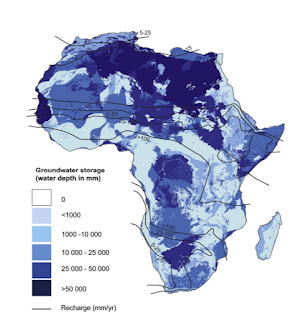Concluding Thoughts
In this blog space, I set out to explore the fascinating relationship between food and water in Africa. As now coming to an end, I hope my blogs can create a measurable impact on you guys. The case studies that I explore in this blog such as Egypt, South Africa, Tanzania, and Somaliland have demonstrated how water access and subsequently, food production is of a distribution problem but not quantity. For Africa, its physical variabilities in climate and seasonality altered rainfall patterns across the continent and therefore food production patterns onwards. The extreme climatic conditions make me wonder and inspired me with the rest of my blog to focus on finding solution for water and food security. From groundwater extraction to genetically modified crops to desalination projects, I seek the potential of various solutions for water and food security across Africa. These projects have worked to an extent for their users, but to see the whole picture, these expensive engineering and t...




